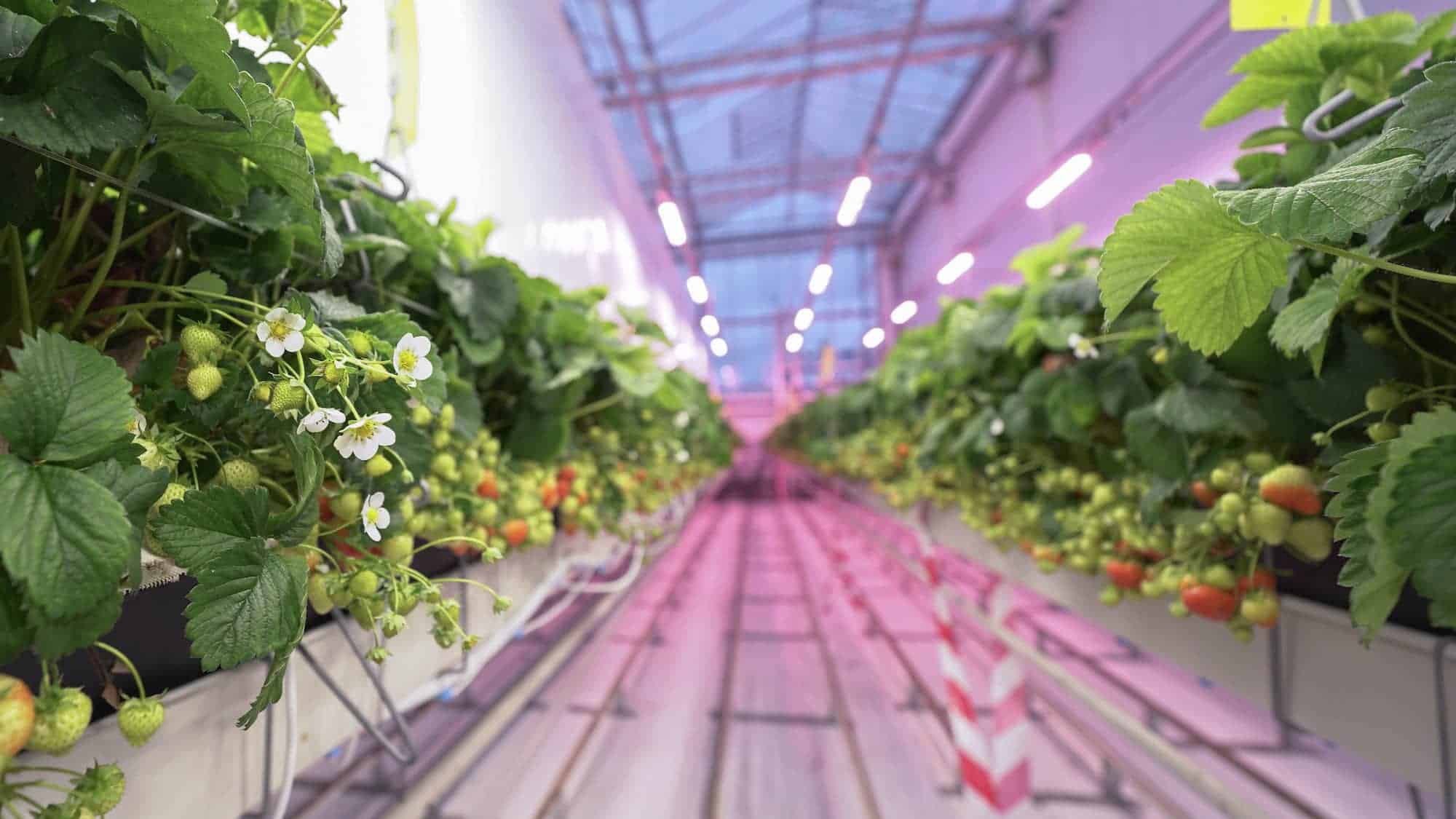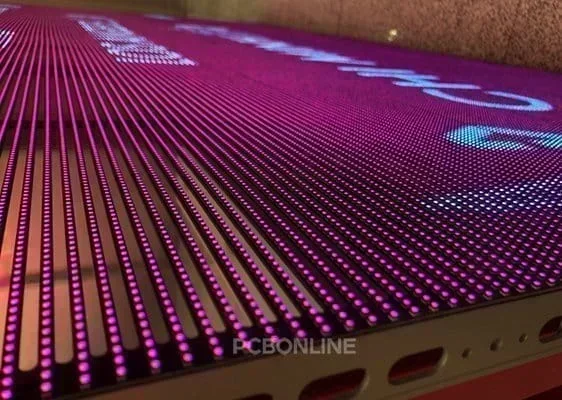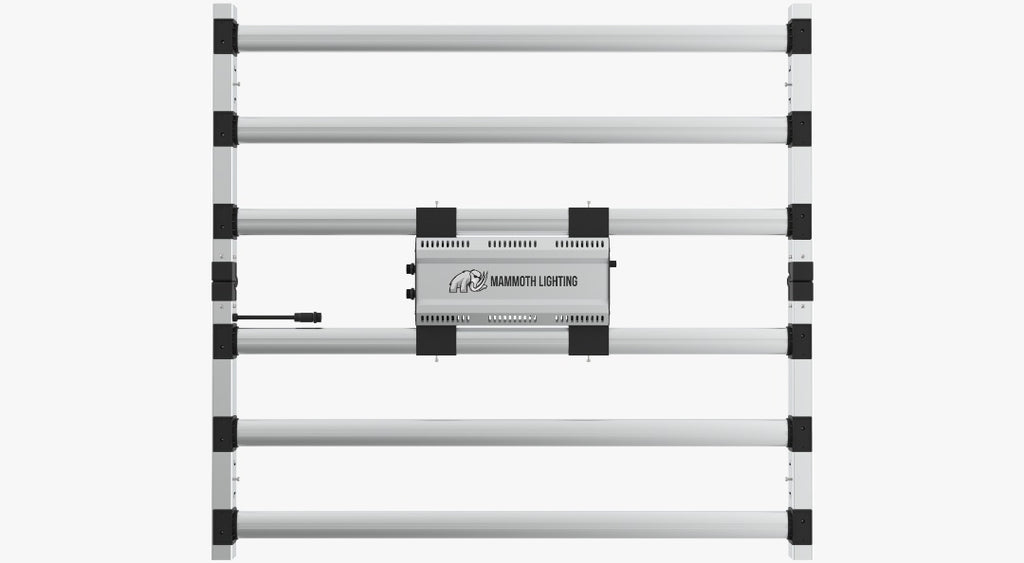A guide to grow lights PAR, PPFD, Wattage and DLI
03/12/2021https://dutch-passion.blog/author/dutchjoe/
Dutch Joe

From home growers to licensed commercial growers, knowing which type/power grow light to get for your grow room is one of the key decisions. But what is meant by the sometimes confusing technical terms such as PAR, PPFD, DLI and Wattage? What do they tell you about the grow light, it’s performance and how much value it offers?
Before you splash the cash on any potential grow light upgrade it’s important to understand precisely what is meant by the various technical terms which comes with modern lights. Once you understand the basics you will be able to explore new grow light options with added confidence.
Cannabis PAR, PPFD, DLI and wattage explained
Upgrading to LED grow lights is often the most expensive grow room upgrade a grower will make. LED has been getting gradually more and more affordable over recent years. But equipping your 1.2m x 1.2m grow room with a decent quality LED light, (typically 400-650W actual power draw) at 2021 prices, might not give you much change from €/£/$ 750-1000. That makes it extra important that you fully understand the technical specifications which you are paying for, and what they mean. PAR, PPFD, DLI and Wattage are some of the more important terms you should understand.
What is Photosynthetically Active Radiation (PAR)?
PAR light describes the photosynthetically active radiation between 400nm (blue light wavelengths) to 700nm (red light). It is called ‘photosynthetically active’ since the light is the energy source required to drive photosynthesis (and therefore growth) within the plant.It’s worth adding that PAR from 400nm-700nm doesn’t actually encompass all the usable wavelengths. UV (Ultra violet) light and IR (Infra red) wavelengths fall just outside this range but are still useful to cannabis.
Ultraviolet vs infrared light and UV-A/UV-B effects on cannabis

UV light is comprised of three separate bands, UV-A (315-400 nm), UV-B (280-315nm) and UV-C (100-280nm). Of these, UV-A and UV-B are most useful to the cannabis plant, especially later in bloom. UV light is part of the natural solar spectrum which plants have adapted to over millions of years. To human skin, UV-A has an ageing effect whereas the more energy intensive UV-B can produce sunburn. UV-C is the most powerful and biologically damaging of all UV light, it can kill on contact and is used for sterilising objects. The Ozone in the earth’s upper atmosphere removes UV-C before it reaches ground level, meaning that sun-light at sea level contains just UV-A & UV-B.
Many professional growers now supplement their grow room with UV-A and UV-B light. This is proven to boost terpene levels and cannabinoid content. UV light supplementation typically comes from fluorescent tubes rather than LED. That’s because it is simply cheaper to do it that way, though in future many hope that affordable (and sufficiently powerful) UV-A and UV-B LED’s become available. Adding extra UV-A and UV-B light to the grow room is a proven way to push the quality levels up though it won’t significantly increase yield.
Infra-Red (IR) wavelengths over 700nm stimulate phytochrome (a natural pigment) within the plant. These are essential photoreceptors involved in the regulation of aspects of growth and bloom. A good LED grow light should contain enough infrared light to produce a plant with full stem growth, proper node spacing and higher yields.
What is Photosynthetic Photon Flux Density (PPFD)?


Two other important terms you will come across when looking at LED grow lights are Photosynthetic Photon Flux Density (PPFD) and Micromoles (μmols). This is a way of measuring light intensity.
PPFD measures the amount/quantity of PAR light photons that are delivered to your plant canopy in one second. It’s measured in micromoles (μmols) per square metre per second (μmol/m2/s). In simple terms you can think of PPFD as a measure of the strength of the light above your plants.
Since many people don’t really understand the units (μmol/m2/s ) that PPFD is measured in, many people simply say ‘μmol’ rather than μmol/m2/s. Others, for the sake of simplicity, just refer to a PPFD number without any units at all.
The light loses strength (PPFD numbers will therefore decrease) the further away it is from your plants. Responsible LED grow light manufacturers will have recommended hanging heights for their lights at various stages of plant development.
What is Daily Light Integral (DLI) and how much is required for cannabis?
PPFD is the amount of light striking a 1m2 canopy in 1 second. If you multiply that number by 86,400 (there are 86,400 seconds in a day) you have the Daily Light Integral (DLI). Usually this is measured in Moles. A Mole is a million micro-Moles.If you have an LED grow light with average PPFD levels of 750μmol/m2/s across your canopy the DLI (in 24 hours) would be 64.8 Moles of light:
750μmol/m2/s x 86,400s = 64,800,000μmol/m2 = 64.8mol/m2
If you had that light on for 50% of the time during bloom i.e. 12 hours per day, the cannabis plant would therefore receive 32.4 moles of light per day (64.8 divided by 2 = 32.4)
Wattage considerations for MH vs HPS vs LED grow lights

LED Wattage can be a particularly misleading way of assessing the power of a potential LED light. Watch out for it in the marketing of some of the less desirable LED grow light imports. Wattage is merely a measure of the amount of power used, not a measure of the amount of useful light produced.
You could have two lights with a 400W power draw, but one could be using LED’s that are twice as bright (twice as efficient) as the other. The best LED light manufacturers will use modern, efficient LED’s that convert 50% of the electricity into light. Low cost LED’s will have half that efficiency i.e. they will only convert 25% of the electricity into light. So ‘Wattage’ only tells you how much power is being drawn, not how efficiently it is being used or how much light is being generated from that electricity.
If you want to know more about the quality of the LED ‘chips’ in a given fixture, check the efficiency rating given by the manufacturer. The better LED grow light manufacturers will be able to explain the type of drivers and LED chips used. Premium quality LED grow light manufacturers should also be able to provide you with a chart, showing expected PPFD levels at various light hanging heights for each of their lights in various size tents.
If you want a clear and simple explanation about wattages for LED & HPS as well as a guide to corresponding plant numbers, the following article provides some expert insights.
Related:
How many cannabis plants can I grow per square metre and what size light is needed?
How much light (PPFD) do photoperiod cannabis plants need?

The table below gives a guide to the PPFD requirements at different stages of the cannabis growth cycle. Note that cannabis will grow well across a range of light levels – it’s not critical to measure and maintain specific values. Some strains (and the phenotypes within that strain) may have their individual leanings when to comes to preferred light intensities.
| PPFD During Seedling Phase | PPFD During Vegetative Phase | PPFD During Flowering Phase | |
| Light cycle | 18h/daily | 18h/daily | 12hr/daily |
| Moderate Cannabis Yield (minimum light needed for a reasonable result): | 100-150 μmol/m2/s | 300-400 μmol/m2/s | 600-700 μmol/m2/s |
| Max Cannabis Yield (maximum ‘typical’ light needed): | 200-300 μmol/m2/s | 500 (up to 600) μmol/m2/s | 800-1000 μmol/m2/s |
Cannabis seedling stage PPFD

Cannabis seedlings don’t need too much light, PPFD levels of around 200-300μmol/m2/s are sufficient in combination with (around) 18 hours of daily light. The small size and delicate seedling tissues are easily overloaded and damaged by excessive light levels. Low light levels allow the seedling to gradually increase in size, reaching a point where they can tolerate more light intensity.
Related:
Cannabis seedling stage, how-to guide
Cannabis vegetative stage PPFD

Cannabis is often given light with PPFD levels of around 300-500μmol/m2/s during vegetative growth. Some growers will offer even stronger PPFD levels of around 600 though others might argue such PPFD levels are not really required in veg. During vegetative growth the plant will produce leaves, branches and roots but no buds.
Related:
Cannabis vegetative stage how to guide
Cannabis flowering stage PPFD

In late bloom many growers aim for maximum PPFD levels of up to/around 1000μmol/m2/s when growing photoperiod feminised cannabis seeds. Some people may even push for PPFD levels of 1500 when supplementing with CO2 in late bloom. However, the experienced grower will note that some strains (and indeed certain phenotypes within the strain) are able to be pushed to higher PPFD levels than others before showing signs of stress. So there is no clear ‘one size fits all’ policy when it comes to PPFD and cannabis cultivation.
Many autoflower growers using long photoperiods (e.g. 20 hours per day) will err on the side of lower PPFD levels (perhaps nearer 700-800) simply to avoid pushing their plants too hard and risking light-burn problems as a result.
It’s worth mentioning that adding increasing amounts of light to the grow room don’t necessarily result in ever-increasing yields. Eventually the plant reaches saturation point and the law of diminishing yields applies. In other words, adding more light doesn’t improve yields and may actually become a stressful growth limiter.
This is mentioned so the grower is aware that excessive light levels can be an expensive way of causing entirely avoidable grow-room problems. Less experienced growers in particular are advised to be cautious when it comes to attempting to maximise PPFD levels. It may be safer to gain general grow experience at moderate light intensity levels before trying to ‘push the envelope’.
Related:
Cannabis flowering stage, how-to guide



 VERY $$$ BUT A COMMERCIAL QUALITY PRODUCT
VERY $$$ BUT A COMMERCIAL QUALITY PRODUCT












